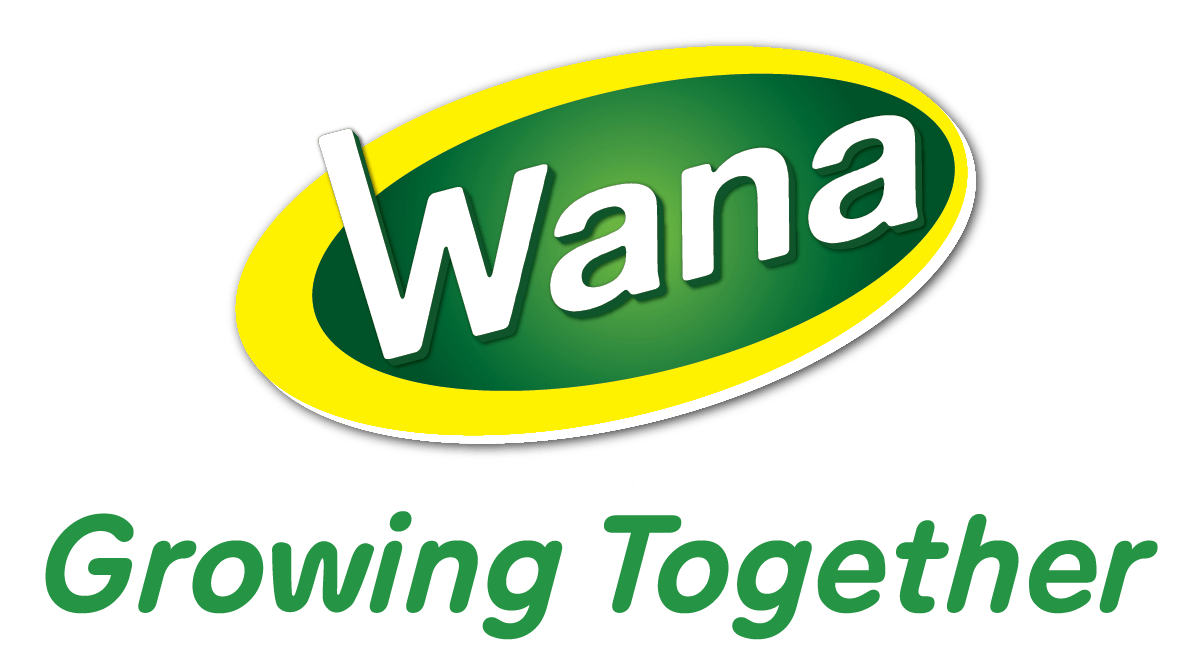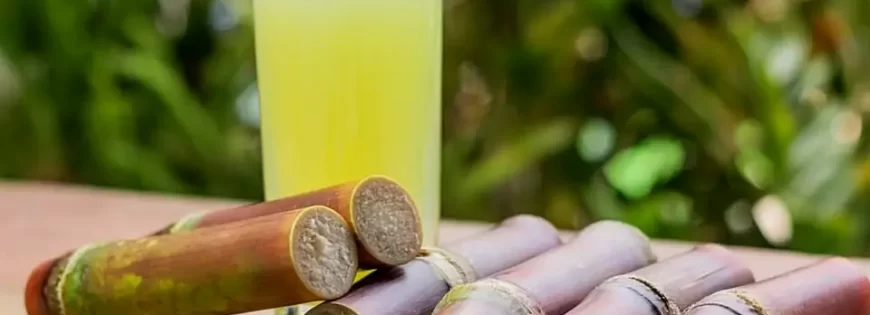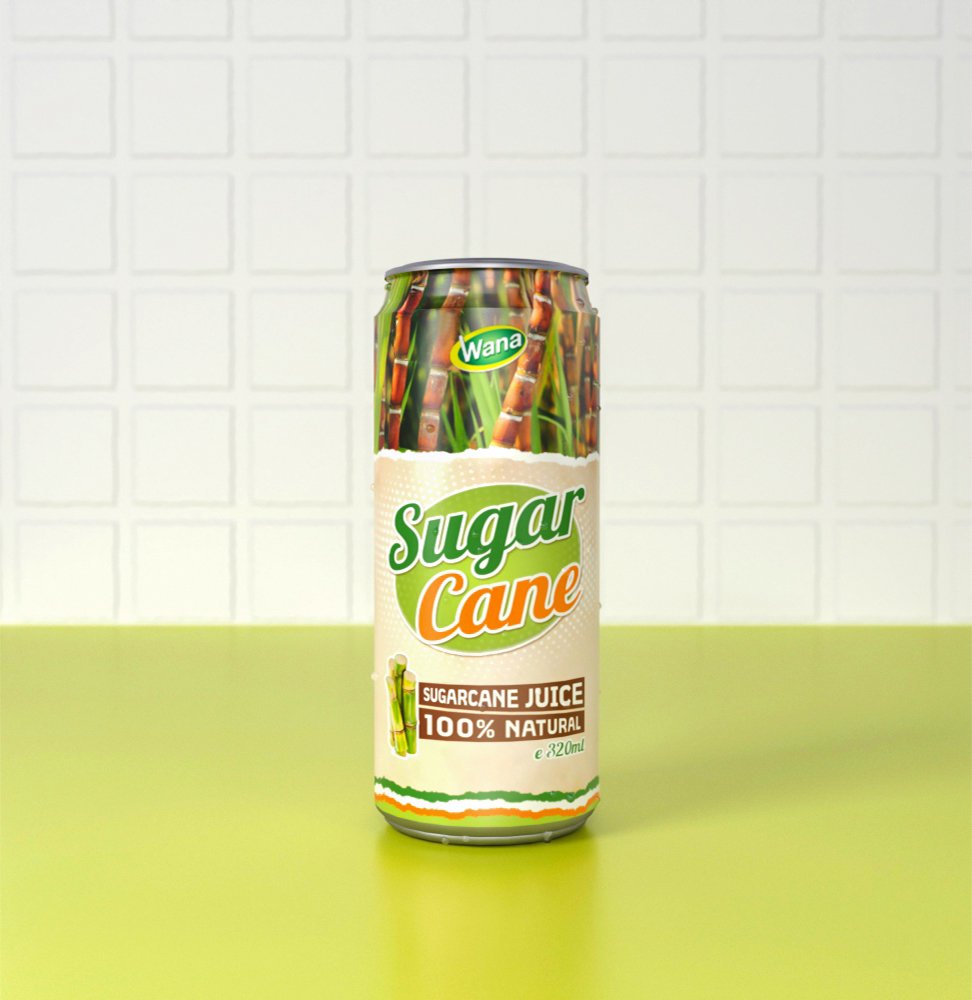In a surprising turn of events within the beverage industry, soft drink manufacturers are lifting the curtain on a potential game-changer – the sugarcane juice market. In this SEO blog post, we delve into the revelations and insights shared by industry leaders as they navigate the dynamics of this emerging market. Join us as we uncover the key factors, trends, and strategies that soft drink manufacturers are employing to tap into the growing demand for sugarcane juice.
Read more: Private Label Sparkling Water Remains Their Rank This 2024
What is Sugarcane Juice?
Sugarcane juice is the liquid extracted from sugarcane, a tall tropical grass primarily grown for its sugar content. The juice is extracted by pressing or crushing the sugarcane stalks, and it is enjoyed as a refreshing beverage in many parts of the world.
Here are some key aspects of sugarcane juice:
Extraction Process
Sugarcane juice is obtained by mechanically squeezing the juice from the stalks of the sugarcane plant. This can be done through various methods, including manual pressing, electric juicing machines, or industrial presses. The extracted juice is typically consumed fresh, often without any additional processing.
Natural Sweetness
Sugarcane juice is naturally sweet due to the high concentration of sucrose in the sugarcane plant. The sweetness is different from refined sugar, as it comes with a range of natural flavors and is often enjoyed for its unique taste.
Nutritional Content
While sugarcane juice is primarily known for its sweet taste, it also contains some essential nutrients. It is a source of carbohydrates, and it may contain small amounts of vitamins and minerals such as calcium, magnesium, potassium, and vitamin C. However, the nutritional content can vary based on factors like the variety of sugarcane and the extraction process.
Refreshing and Hydrating
Sugarcane juice is popular for its refreshing and hydrating properties. It is commonly consumed as a cooling drink in tropical regions, especially during hot weather, to quench thirst and provide a burst of energy.
Cultural Significance
Sugarcane juice holds cultural significance in many countries, where it is often sold by street vendors (in Vietnam) or in specialized juice shops. In some cultures, it is consumed during festivals or as part of traditional celebrations.
Variations and Additions
While sugarcane juice is delicious on its own, some variations may include the addition of lime or lemon juice for a citrusy twist. In some regions, it is served over ice or blended with other fruits to create flavorful concoctions.
Health Considerations
Sugarcane juice is generally considered a healthier alternative to many commercially available soft drinks because it is natural and free from added preservatives or artificial sweeteners. However, it is important to consume it in moderation due to its naturally occurring sugar content.
Market Insights
Increased Demand for On-the-go food and beverages
RTD beverages are becoming increasingly popular due to their convenience, allowing consumption without restrictions on location or time. The dominance of packaged beverages in retail spaces is attributed to the growing trend of on-the-go food consumption. The demand for packaged beverages is being driven by the rapidly changing lifestyles of consumers, characterized by busy work schedules and increased disposable income. Packaged sugarcane juice, recognized as a healthful beverage suitable for on-the-go consumption, has seen a surge in demand with multiple brands available in various retail outlets. This on-the-go drinks consumption trend is expected to continue fueling the demand for packaged sugarcane juice in the foreseeable future.
Category Insights
Categorized into organic and conventional, the sugarcane juice market witnessed the conventional segment holding a larger market share in 2020. However, the organic segment is anticipated to exhibit a higher Compound Annual Growth Rate (CAGR) during the forecast period. Conventional sugarcane juice is derived from conventionally grown sugarcane using chemical fertilizers and pesticides. Manufacturers often employ chemical preservatives in the juice processing to maintain its original flavor. Affordability and availability make conventional sugarcane juice a preferred choice for local food manufacturers.
Packaging Types
The packaging types, including bottles, cans, and others, showcase the bottles segment securing a larger market share in 2020. Nevertheless, the cans segment is expected to experience a higher CAGR during the forecast period. Cans, made from various metals like tin, steel, and aluminum, offer portability, leak-proof features, and low maintenance compared to glass bottles. The attractiveness and appeal of cans contribute to their preference over bottles among consumers.
Read more: All About Celery Juice By Soft Drink Manufacturers
Insights by Distribution Channel
Distribution channels categorize the sugarcane juice market into supermarkets and hypermarkets, convenience stores, online retail, and others. The supermarkets and hypermarkets segment dominated the market share in 2024, while the online retail segment is projected to achieve a higher CAGR during the forecast period. Soft drink manufacturers commonly choose supermarkets and hypermarkets for product sales due to their extensive customer base. Additionally, these stores provide modern storage facilities, ensuring optimal storage conditions for sugarcane juice. Widely available across renowned supermarkets such as Walmart and Kroger, sugarcane juice brands continue to thrive in the market.
As soft drink manufacturers pull back the curtain on the sugarcane juice market, it’s evident that a new era is dawning in the beverage industry. The revelations shared in this blog provide a glimpse into the strategies, trends, and insights guiding manufacturers as they navigate the evolving landscape. The sugarcane juice market, with its blend of sweetness and nutrition, is poised to capture the taste buds and hearts of consumers, marking a sweet success for soft drink manufacturers.






